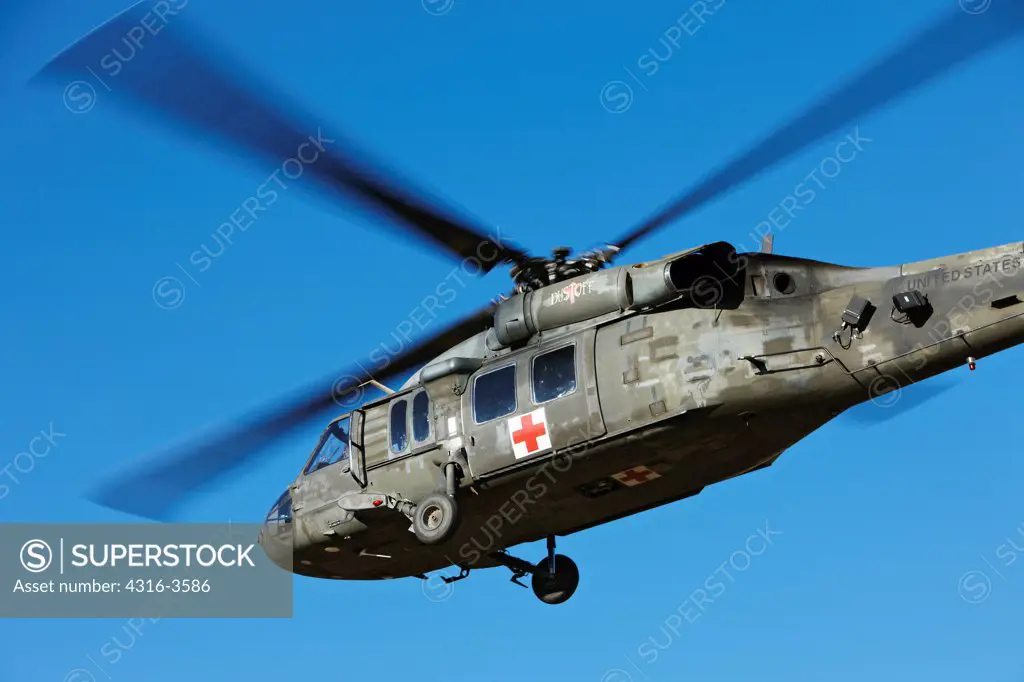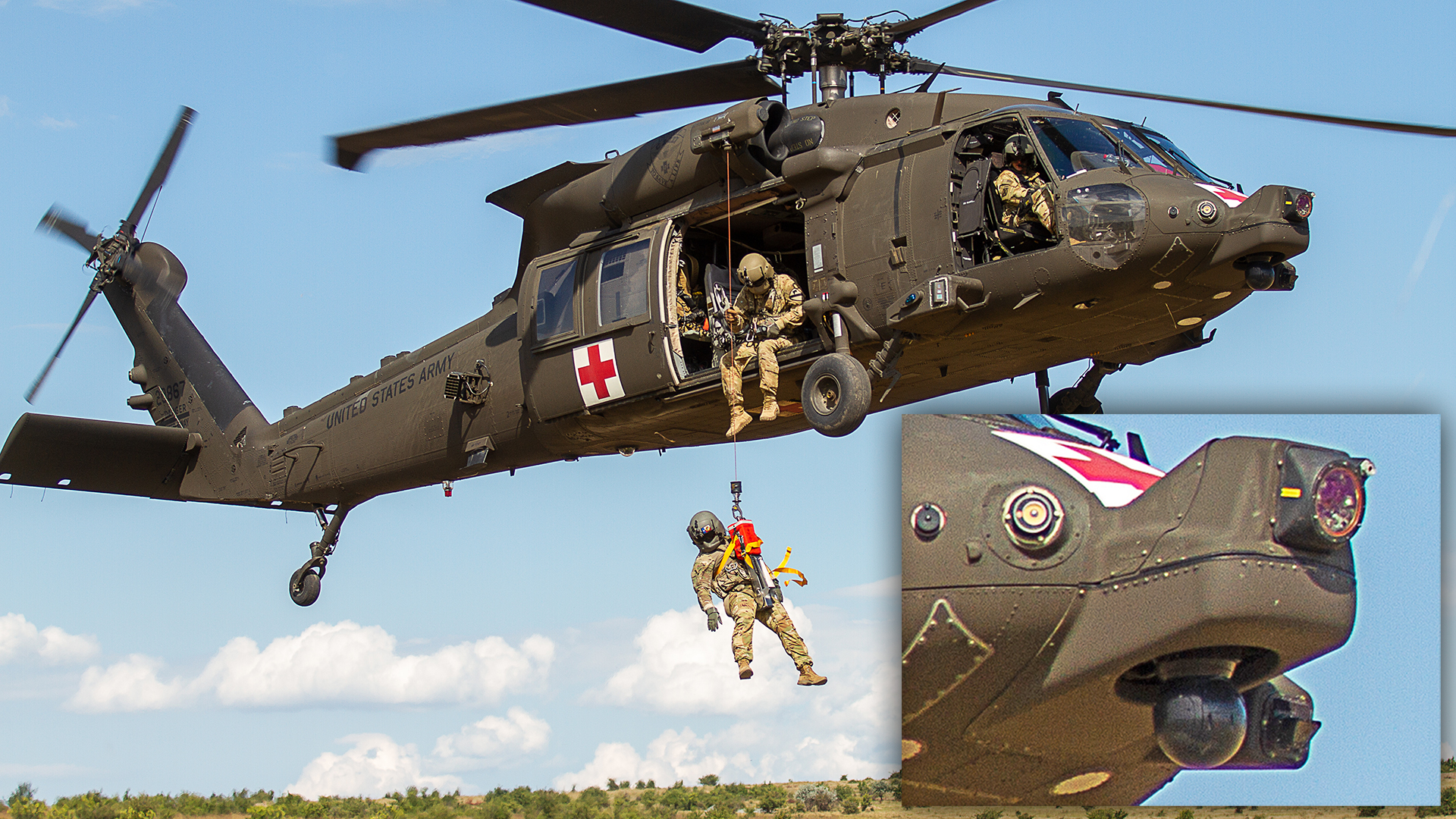UH 60 Black Hawk Performance: Speed, Array, and Ability to move
UH 60 Black Hawk Performance: Speed, Array, and Ability to move
Blog Article
Comprehending the Role and Value of Different UH60 Components in Aeronautics Workflow
In the elaborate globe of aeronautics operations, every part of a UH60 helicopter plays an essential role in guaranteeing reliable and secure flights. As we explore the importance of the rotor system, engines, avionics, transmission system, and touchdown equipment in UH60 procedures, a much deeper recognition for the harmony of these components emerges, losing light on the complexities that underpin the air travel market's dedication to precision and dependability.
Blades System
The rotor system, an essential component in helicopter design, plays a crucial duty in supplying lift and directional control during flight. Containing the main rotor and tail rotor, this system is accountable for producing the necessary aerodynamic forces to maintain the helicopter maneuverable and air-borne. The major rotor, normally situated over the helicopter, is the main source of lift. As the rotor blades turn, they develop a pressure difference between the leading and lower surface areas, allowing the helicopter to conquer gravity and ascend right into the air.
In addition, the primary blades also permits the helicopter to move in different instructions by turning the rotor disc. By changing the angle of the rotor blades jointly, pilots can manage the helicopter's forward, backward, and laterally activities. In contrast, the tail rotor, positioned at the tail end of the helicopter, combats the torque created by the primary rotor's rotation, making certain the helicopter remains balanced and can make controlled turns. Together, these blades elements create an advanced system that allows helicopters to do a large range of flight maneuvers effectively and safely.

Engines
In aviation operations, the proper functioning of engines is vital to complementing the rotor system's wind resistant capabilities in helicopters. The UH60 helicopter is furnished with 2 General Electric T700-GE-701D engines, each providing 1,890 shaft horsepower. These turboshaft engines are important elements that power the primary blades transmission, tail rotor system, and other vital helicopter systems. The engines play a crucial function in producing the essential power to raise the aircraft, control its flight, and make certain a secure operation.
In instance of engine malfunctions or emergencies, pilots rely on their training and the helicopter's layout functions to carry out needed procedures quickly and safely. Overall, the engines in UH60 helicopters are important components that add dramatically to the airplane's functional success and goal efficiency.
Avionics
In the UH60 helicopter, avionics incorporate a vast variety of systems that ensure secure and reliable flight. Navigating systems, like GPS and inertial navigation units, supply accurate placing information to the team, helping in path planning and guaranteeing precise navigation throughout trips.
Moreover, avionics play a critical duty in improving situational recognition for pilots, enabling them to keep an eye on important trip criteria, weather, and prospective threats in real-time. By supplying essential data and automation capabilities, avionics add dramatically to the safety and security, effectiveness, and overall performance of UH60 helicopters in varied air travel procedures.
Transmission System
An essential component of the UH60 helicopter's performance and efficiency is its transmission system. The transmission system in a UH60 helicopter is responsible for moving power from the engines to the primary rotor This Site and tail rotor systems. This essential element guarantees that the helicopter can steer effectively and preserve security throughout trip procedures.
The transmission system in the UH60 helicopter includes numerous parts, consisting of the main gearbox, intermediate transmission, tail transmission, and drive shafts. Each of these components plays an important duty in making certain that power is dispersed successfully throughout the aircraft.
The main transmission is particularly important as it transfers power from the engines to the major blades system, permitting the helicopter to lift off the ground and attain forward, backwards, and lateral motion. The tail gearbox, on the other hand, transfers power to the tail rotor, which assists combat the main rotor's torque and offers directional control.
Touchdown Gear


The landing gear of the UH60 helicopter works as a vital component for making certain secure and stable ground procedures, matching the capability of its transmission system. Consisting of wheels, shock absorbers, and support frameworks, the landing equipment supports the helicopter's weight throughout departure, landing, and while on the ground. The layout of the landing equipment is important for dispersing the airplane's weight uniformly to avoid tipping or structural damages. Additionally, the touchdown equipment plays an important duty in taking in the influence of landings, decreasing the anxiety on the airframe and making certain a smooth goal. Appropriate upkeep of the landing equipment is necessary to guarantee ideal efficiency and safety during procedures. Routine assessments, lubrication, and replacement of worn-out components are required to maintain the dependability and effectiveness of the landing equipment system. Pilots and ground crews must stick to proper procedures to ensure the stability of the landing gear and improve general flight safety and security.
Final Thought
Finally, the various parts of the UH60 helicopter play crucial roles in guaranteeing the smooth procedure of air travel activities. uh 60. The rotor system, engines, avionics, transmission system, and touchdown equipment all collaborate to make sure the safety and security and effectiveness of the aircraft. Understanding the importance of each part is essential for pilots, engineers, and upkeep staff to ensure the general capability of the UH60 helicopter throughout flight procedures

Report this page